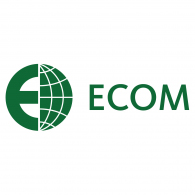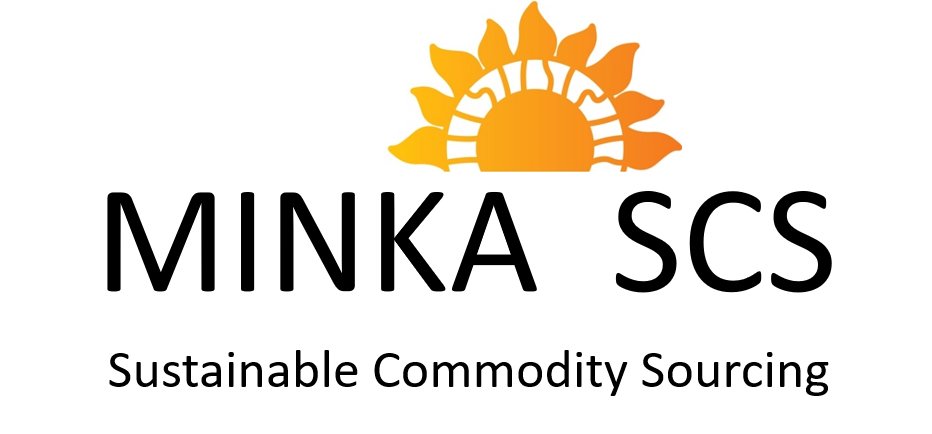Sustainable Cocoa Sourcing Landscapes 2.0
What is the main objective of the project?
The project aims to achieve sustainably managed, deforestation-free landscapes, fostering improved competitiveness and diversified, climate-resilient cocoa production systems and livelihoods of the local population. In addition the project addresses issues like deforestation and cross-contamination of cocoa and other agricultural commodities with agrochemicals. This requires collaboration between local, regional, national, and international actors at the farm and the landscape levels. For this reason, one of the outputs of the project is to establish multi-stakeholder roundtables in order to implement actions and set objectives. A diverse group of partners, including cocoa exporters, manufacturers, cooperatives, and specialised organisations, have joined forces to take the challenges identified and work towards a sustainable and deforestation-free landscape.
How will the project contribute to sustainable cocoa production, in alignment with the goals defined in the SWISSCO Roadmap 2030?
The project focuses on these target areas: living income, deforestation, traceability, and transparency. By doing so, it aims to foster agroforestry systems, boost productivity in a sustainable way using a climate-smart approach. The project supports the transition to deforestation-free cocoa production methods through the dissemination of validated good practices - with a special emphasis on avoiding chemical contamination. Furthermore, the project will design, pilot, and scale a digital infrastructure which tracks, communicates and commercialises sustainability claims. This provides incentive mechanisms to encourage sustainability among smallholder cocoa farmers.
What steps are taken during the project?
The project will work on two intervention levels. Firstly, it will revitalise and establish multi-stakeholder roundtables in three Peruvian provinces (Huallaga, Mariscal Cáceres and Tocache). These roundtables will facilitate coordinated action planning at the landscape level. Secondly, the project will engage at the producer level, promoting the adoption of best practices in climate-smart agriculture and agroforestry systems. It will also support the pilot and scaling up of digital solutions (such as a traceability tool, internal control systems, and mobile money), to comply with the EUDR regulation.
How local organisations and authorities are involved in the planning, implementation, and decision-making of the project
Local organisations and authorities are integral to our project's sustainable impact. We collaborate closely with Peru’s National Cocoa Association (APPCACAO) and various cooperatives such as ACOPAGRO and CAT Tocache representing Peruvian cocoa farmers. Moreover, we engage in extensive coordination with regional and provincial governments. All these stakeholders actively contribute to project planning, implementation, and decision-making processes. Their involvement spans both the landscape-level initiatives (as part of the landscape roundtables) and the field-level activities, ensuring a comprehensive and inclusive approach to sustainable cocoa sourcing.
Máximo Rondan Ramos, Manager of the Asproc-NBT Tocache cooperative, says: “We feel a lot of enthusiasm and hope with this project. Before, we had not received so many Swiss visitors to our plots. Their interest sends a message that motivates us to continue farming cocoa sustainably.”

This project helps consolidate multi-stakeholder articulation in San Martín, the principal cocoa-producing region in Peru. It will promote the management of the cocoa landscape to guarantee a sustainable, deforestation-free cocoa production.
What are the expected outcomes of the project?
The project anticipates three key outcomes. Firstly, stakeholders from public, private, and community sectors will collaboratively manage the cocoa sourcing landscape, guided by a joint vision emphasising green growth and zero emissions. Secondly, farmers are expected to enhance both productivity and sales by adopting sustainable, economically viable, and climate-resilient production systems that do not lead to deforestation. Thirdly, at the regional and national levels, both public and private stakeholders will recognise, and support landscape management models aimed at promoting sustainable, deforestation-free production practices.
How a lasting impact beyond the project's duration is ensured
The project will continue to strengthen the capacities of the roundtables in place. The project’s activities include ensuring that they continue to operate sustainably and defining clear and concrete goals. All key actors in the landscape, including those from other sectors such as palm oil, tourism, coffee, and timber as well as local authorities must be represented in the roundtable. That’s why the project foresees the involvement of these stakeholders. Additionally, the project will advocate for local, regional, and national authorities to take action. This may include the regulation of the use of agrochemicals and the development of landscape-based management tools. Through these efforts, the project aims to establish a coordinated approach.
Organisations involved























